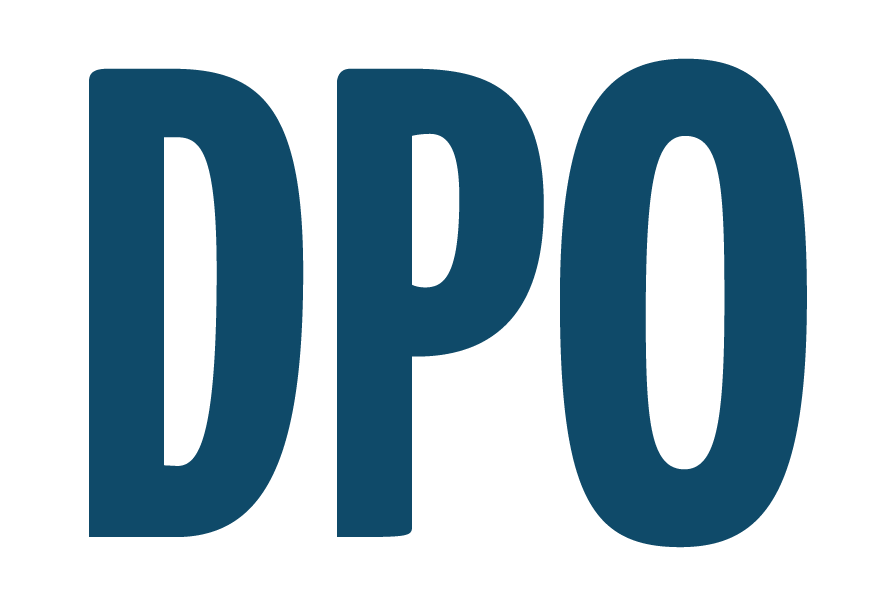How Does Digital Purchase Order Work? - An Overview
- Bogdan Büchner

- Aug 2, 2023
- 3 min read
One of the critical pieces of documentation that many business owners detest is a purchase order. The process of creating a purchase order is often long and detailed and necessitates much back-and-forth communication. Information is lost much too frequently in this kind of unstructured communication, and even when it isn't lost, it can be challenging to keep track of everything.
Yet with the help of an online procurement system, this burdensome bureaucracy is no longer necessary. Businesses can approve or reject purchase orders with just a few clicks. The entire process is much faster and more efficient than traditional paper-based systems.

Digital Purchase Order
A digital purchase order is an electronic document used to request and authorize the purchase of goods and services from suppliers. Instead of a traditional paper-based purchase order, You can create a digital one and manage it through specialized software or an online platform.
The digital purchase order typically includes key information such as the description of the goods or services being purchased, the quantity required, the delivery date, the agreed-upon price, and any applicable terms and conditions.
How Does The Purchase Order Process Work?
Digital purchase orders are a way for businesses to electronically request and authorize the purchase of goods and services from suppliers.
Digital purchase orders will help you streamline your company’s procurement, reduce errors, and provide an auditable record of transactions.
Here's a breakdown of how digital purchase orders typically work:
1. Create a Customized Purchase Order
The first thing is to create a customized Purchase order book as an administrator for your business on the platform. If you are in charge of procurement, you can then go ahead and create a purchase order. The process is easy: add your department, supplier, and job number if your administrator requires it.
2. Details of Purchase Order
Ensure you have included all the important details in the purchase order, such as the description of the goods or services procured, the quantity required, the delivery date, and the agreed price. If you have any notes you would like to add, you can include them on this page for easier reference.
3. Approval Process
After creating a purchase order with a unique number, you can send it for approval to the relevant people within your organization, such as a manager or the finance team. The approval process is automated within an approval list with all the approval chains, who ordered the PO, and all supplier information. If necessary, you can decline, send it back, or approve it if it is okay.
4. Sending to Supplier
Once the purchase order has been approved, you can send it to the supplier via email or online. The supplier can then review the order and confirm whether they can fulfill it.
5. Order Confirmation & Invoicing
If the supplier can fulfill the order, they will typically send a confirmation back to you, indicating when they will deliver the goods or services. They will also send an invoice for the purchase order.
6. Order Fulfillment
The next phase is where you receive the goods or services. Ensure that all goods received are what you ordered and check them against the purchase order to ensure everything is as expected.
7. Payment
Once you are satisfied that the goods or services have been received as ordered, you can initiate payment to the supplier, often through an electronic payment system.
Perks of a Digital Purchase Order System
In general, using digital purchase orders can help to streamline your company’s procurement process, reduce errors, and provide an auditable record of transactions.



